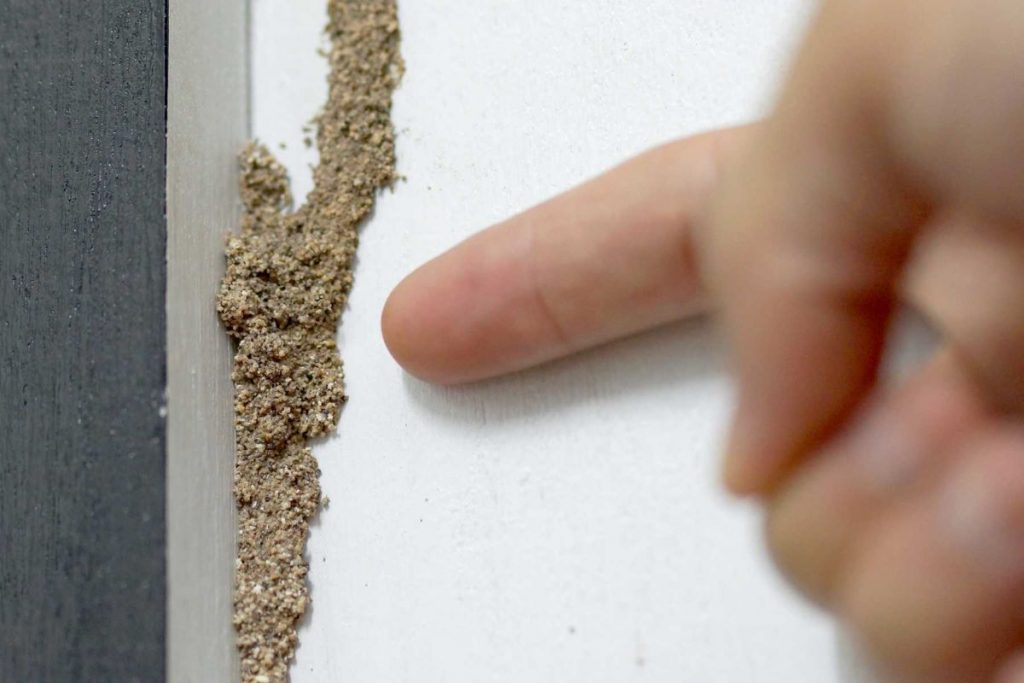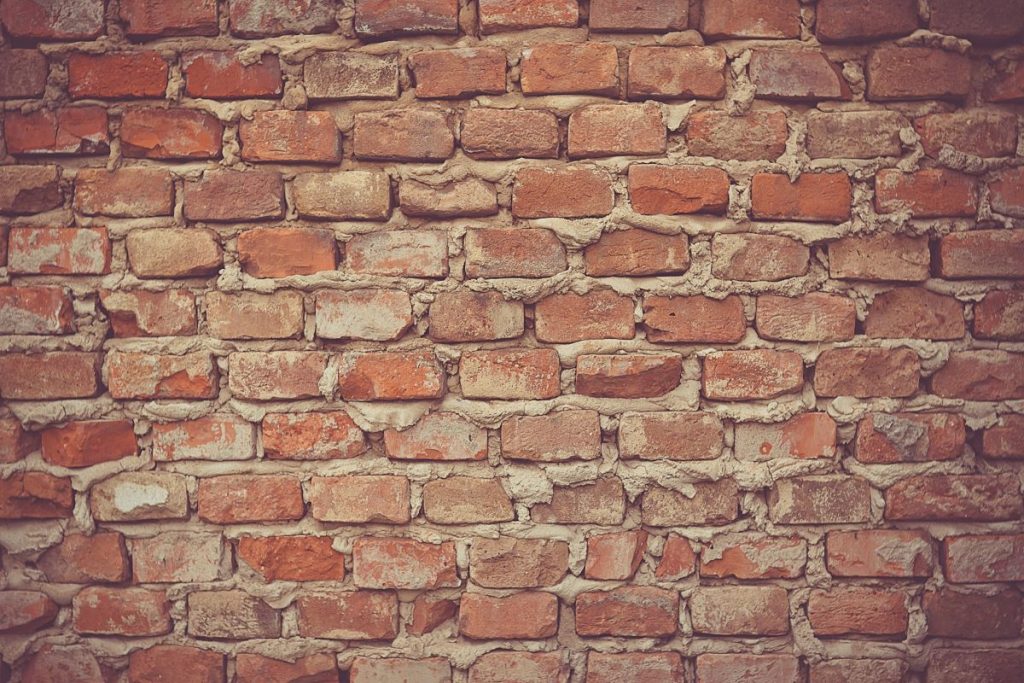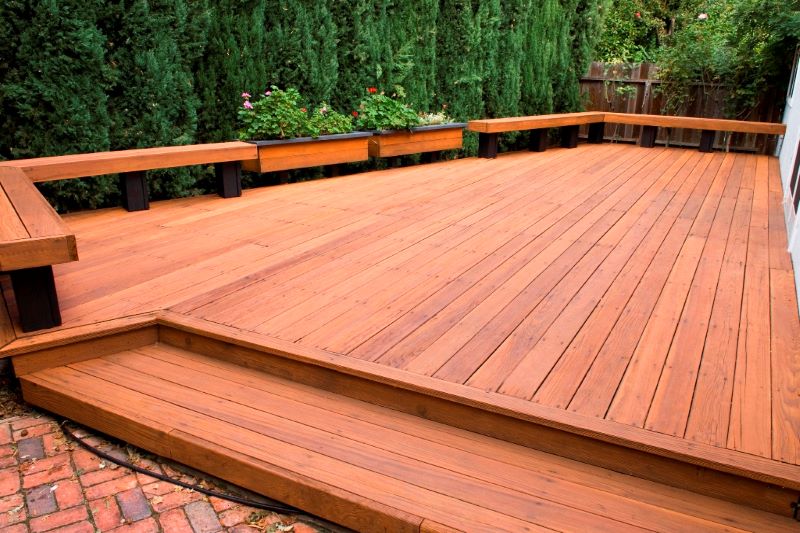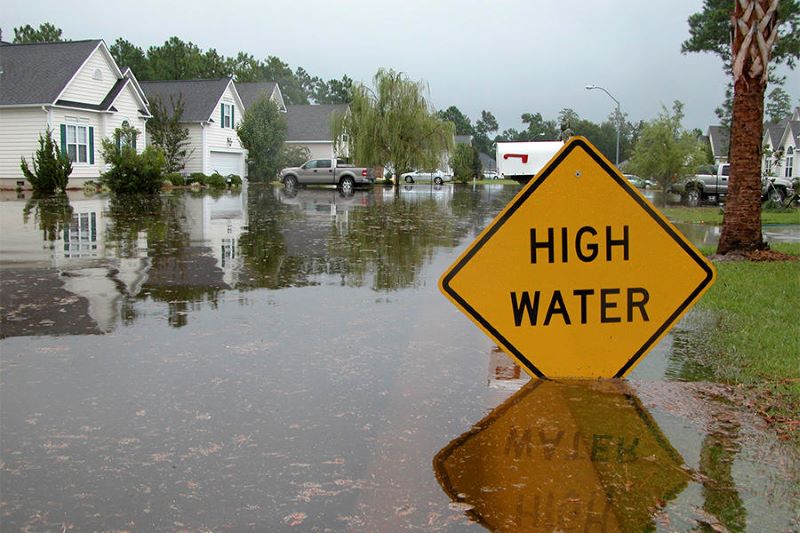Table of Contents
Whether you are keeping up on the health of your current home, on the market to purchase, or are making an investment in a rental property, there is a lot to consider before buying a new home.
One of those is whether or not the condition of that home’s foundation is in condition. But how do you conduct an initial inspection to figure out if your house does, indeed, have a foundation issue? Take a look at the following signs of a foundation problem that are common in homes across the US to diagnose your home for foundation problems.
Do you notice any signs of damage in your home?
Signs of a Home Foundation Problem

1. Cracks in your home’s walls
One of the first places you need to keep an eye out for when it comes to foundation issues in your home is from within the house itself. Whether you have wallpaper or paint, keep an eye out for areas where it could be peeled back or is cracked.
Another thing to keep an eye out for is the separation of your ceiling from your wall. If your foundation is undergoing changes, it could cause cracks in your sheet rock which would result in the walls shifting away from the ceiling or create cracks which seem to grow over time.
Taking your initial inspection outdoors looks for sections of your home where the brick wall is cracked and pulling away from the house. When this occurs, it is a relatively quick change that results in devastating consequences. This is most common in areas where the soil is primarily clay, as well as sectors that are prone to extreme weathers such as droughts and heavy thunderstorms.
2. Uneven or sloped floors
A very sure sign that there are foundation problems in your home is to look at the floor itself. Do they seem to slope one way or another? Chances are you are experiencing foundation problems.
House floors aren’t meant to be sloped – they should be so even that if you were to place a round ball on the floor, it should stay in a location. I’ve been into houses where the floors were so sloped that if you were to place the ball in the center of the room, it would begin rolling towards the walls at the same speed a bowling ball gets thrown down the bowling alley towards a bunch of pins. Okay, maybe I’m over exaggerating a little, but you get the point. The floor in your home is meant to be evenly flat with absolutely no downgrade slope.
3. Cracks in floor, tile, or foundation
Another telltale sign of foundation problems is cracked in your floor, tile, or the foundation itself. A cracked foundation slab can occur when your foundation begins shifting. This may cause different areas in your house to undergo stress. Depending on which area this is, it could cause catastrophic damage that costs a pretty penny to repair.
Also, did you know that if your house has a cracked foundation, it can quickly affect your home’s value? It’s true. But when you take into consideration the added expenses of costly repairs such as fixing uneven stairs, a shifting wall, or cracked tiles, precautionary measures are often the most cost-effective way to stay on top of the value of your home.
4. Re-positioned or cracked molding
When you’re walking around the house, do an inspection of the molding around both the ceiling and the floors. Does it seem to have moved from where it was originally installed? Are there cracks in the molding itself?
Now take a look at the corners. Do the corners not line up anymore? Chances are you have foundation problems. If you see anything resembling these signs, consider having an inspection completed around the house for foundation repair.
5. Doors, window frames, or garage door no longer fits properly
If you walk into a house in which the window frames and interior doors seem to have trouble closing or opening, chances are the foundation has shifted and that could be due to foundation leveling issues. To check properly, get close to the door frame and place a level on the floor as well as on top the door itself. Is it perfectly level? If not, chances are you have foundation issues in need of repair.
Another good place to check is the garage door. If it closes at an odd angle and no longer fits properly, you may want to get your foundation inspected by a foundation repair specialist to ensure everything is in working order.
6. Wall rotation
Although the occurrence is pretty rare, a perfect wall rotation will affect the entire piece of a house evenly, causing one whole piece to shift. Usually leaving a crack, this occurs when there is settling or heaving to the wall. While it happens to walls within the interior of your house, the turning point at which the wall rotation occurs is usually the center where there’s the most mass.
Fascinatingly, when this occurs, the wall will rotate slowly on its axis (if it had one, that is) and move up to a few inches in one direction. If there happens to be wiring, a ventilation shaft, a window frame, or a door frame on either side of the moving wall it makes the signs of wall rotation very visible.
When it comes to moving into a new home, making a purchase, or making a new investment, keeping an eye on the state of your foundation is something you should always consider. The condition of the foundation of your home can make a significant difference in the value of your home as well as the safety of those living there.
Are you finding any of these foundation problems in your home?








